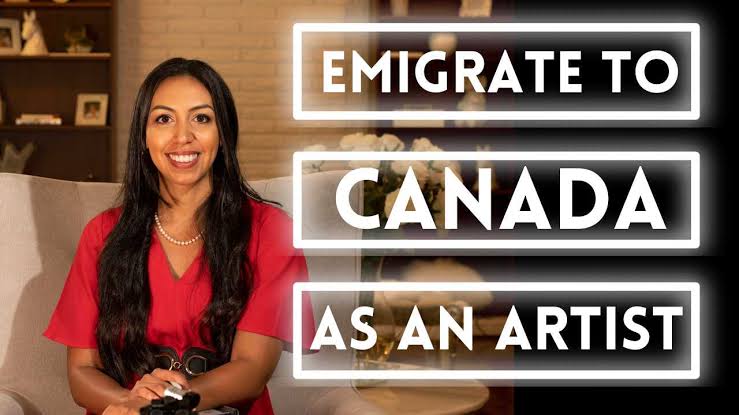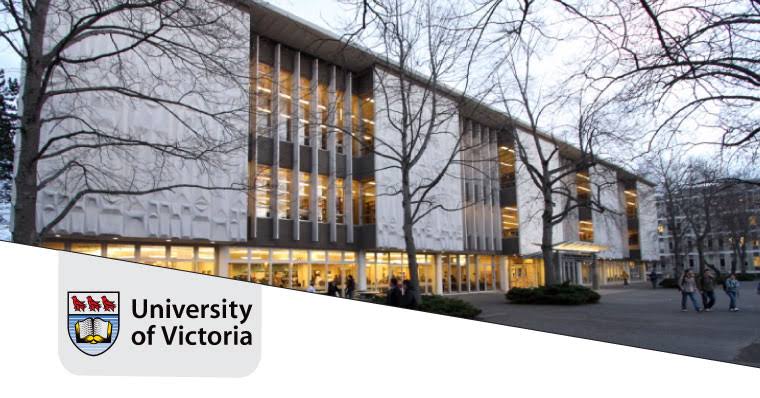Canada has long been recognized as a cultural mosaic that welcomes creative minds from around the world. For artists, musicians, dancers, writers, performers, and other creatives, the country offers a wide range of opportunities and a supportive environment that encourages growth, recognition, and cultural expression.
As of July 2025, Canada continues to prioritize diversity in immigration by providing specific pathways that cater to the unique contributions of artists. Immigrating to Canada as an artist not only opens up new professional horizons but also offers social, economic, and personal benefits.
Access to Government and Arts Council Funding
One of the most significant advantages for artists in Canada is access to public funding. Various levels of government, from federal to municipal, actively support the arts through grants, subsidies, and scholarships.
At the national level, organizations such as the Canada Council for the Arts offer substantial funding programs for emerging, mid-career, and established artists. These funds can be used for creating new work, travel for exhibitions or performances, and research and development. Provincial bodies like the Ontario Arts Council and BC Arts Council also offer similar supports tailored to regional needs.
These programs are not just financial lifelines; they validate the importance of art in Canadian society and provide artists with the stability to focus on their craft full-time.
A Welcoming and Diverse Creative Environment
Canada’s inclusive values are embedded in its multicultural framework, which extends into its arts and culture scene. Immigrant artists are encouraged to bring their cultural heritage with them, creating a fusion of artistic expressions that resonate across communities.
Cities like Toronto, Vancouver, Montreal, and Halifax are home to thriving creative districts, multicultural festivals, and immigrant-run galleries and theatres. Newcomers often find that their unique perspectives are not only welcomed but actively celebrated. This open environment helps artists maintain their cultural identity while also expanding their reach to a more diverse audience.
The country’s emphasis on multiculturalism allows immigrant artists to explore topics that might be sensitive or underrepresented in other parts of the world, fostering social change through their work.
Simplified Immigration Streams for Artists
As of 2025, several immigration pathways are open to artists who want to settle in Canada permanently. The Self-Employed Persons Program is specifically designed for individuals with cultural or athletic backgrounds who can contribute significantly to Canadian life.
To qualify, applicants must demonstrate:
- At least two years of relevant artistic experience
- The intent and ability to become self-employed in Canada
- A proven record of artistic achievements
- Sufficient funds to support themselves and any dependents
This program is particularly attractive because it allows artists to establish their careers without needing a job offer, a rare option in most other immigration routes.
In addition, provinces like Quebec have their own Artist Immigration Programs under the Quebec Immigration Selection System, which assess applicants on their portfolio, contributions to the field, and financial independence.
Opportunities for Global Exposure
Canada serves as a gateway to the international arts scene. The country’s strong diplomatic relations, participation in international cultural events, and proximity to the United States allow immigrant artists to expand their professional networks across North America and Europe.
Artists in Canada can benefit from global residencies, workshops, and exhibitions through government-supported platforms. For instance, Canada’s participation in events like the Venice Biennale or international film festivals gives artists exposure on a global stage.
Furthermore, the ability to travel freely (with a Canadian passport after obtaining citizenship) increases an artist’s global mobility, making collaborations and tours much easier.
Access to Quality of Life and Stability
Beyond professional benefits, Canada offers a high standard of living, universal healthcare, quality education, and strong legal protections—all of which contribute to the well-being of immigrant artists and their families.
Artists in many countries struggle with economic insecurity, lack of healthcare, and political repression. In contrast, Canada offers a safe, democratic space where creatives can thrive both personally and professionally.
With access to mental health support, affordable housing programs in certain cities, and inclusive communities, artists can sustain long-term careers without sacrificing well-being or safety.
Educational and Mentorship Opportunities
Canada is home to world-renowned institutions such as OCAD University, Emily Carr University, and NSCAD, which offer specialized programs for artists. These institutions are not just places of study—they are creative hubs where artists collaborate, exhibit, and gain mentorship.
Newcomer artists who want to upgrade their skills, gain new techniques, or pivot their careers can benefit from these institutions through short courses, residencies, or artist-in-residence positions. Some programs are even subsidized or funded for immigrants, making it easier to access professional development without financial barriers.
Beyond formal institutions, nonprofit organizations and community arts programs often offer free or low-cost mentorship, networking, and business skill-building programs tailored for immigrant artists.
Strong Intellectual Property Protection
Canada has comprehensive laws that protect intellectual property, copyrights, and moral rights of artists. Immigrant creatives often come from regions where these protections are weak or unenforced, leading to plagiarism, exploitation, or loss of income.
In Canada, artists retain rights over their work even after it has been sold or exhibited. Laws also prevent unauthorized reproduction and protect artistic reputation, giving creators the legal backing to fight misuse of their work. This legal structure helps artists generate income from royalties, licensing, and reproduction while securing their legacy.
Community Engagement and Social Recognition
Art in Canada is not confined to galleries and theatres. Community art programs, school partnerships, and public art initiatives bring artists into direct engagement with the public. Immigrant artists often play pivotal roles in these programs, using their cultural experiences to educate and inspire others.
Many municipalities have artist-in-residence roles, community mural projects, and public art competitions that offer both income and recognition. These programs not only enhance an artist’s profile but also cement their role in shaping public narratives and community identity.
Conclusion
Immigrating to Canada as an artist provides far more than a new location to live—it offers a full spectrum of opportunities to grow, thrive, and be celebrated. From dedicated immigration streams and generous arts funding to global exposure and legal protections, Canada supports artists in a way that few countries do.
As of July 2025, with its strong infrastructure, diverse culture, and inclusive policies, Canada continues to stand out as a beacon for artists seeking both freedom of expression and a platform to share their vision with the world. For those who wish to turn their passion into a sustainable and respected career, Canada remains a destination of promise and possibility.




Nice
Good